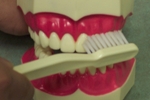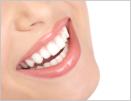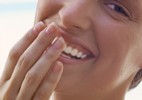Most dental insurance companies classify dental procedures in three categories:
- Preventative – This typically includes routine cleanings and examinations as preventative dental care, however, X-rays, sealants and fluoride can be deemed as preventative or basic, depending upon the specific insurance carrier.
- Basic or Restorative – This usually consists of fillings and simple extractions. Root canals can be considered basic or major depending on the plan (the majority of dental plans list root canals as basic).
- Major – Usually includes crowns, bridges, dentures, partials, surgical extractions and dental implants. But not always.






